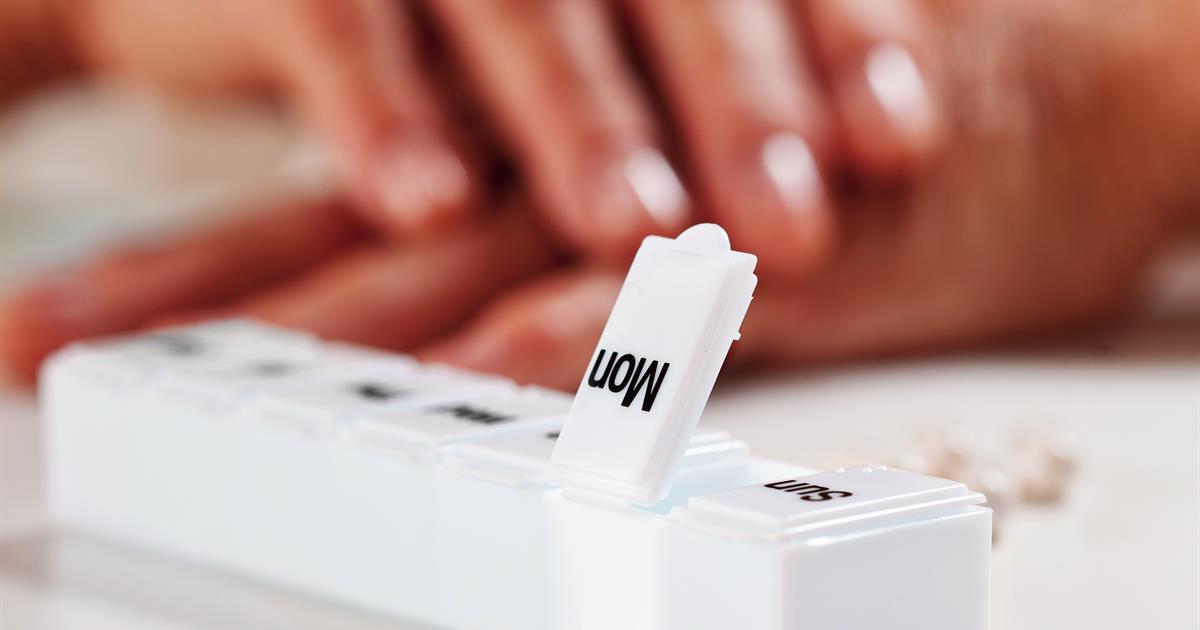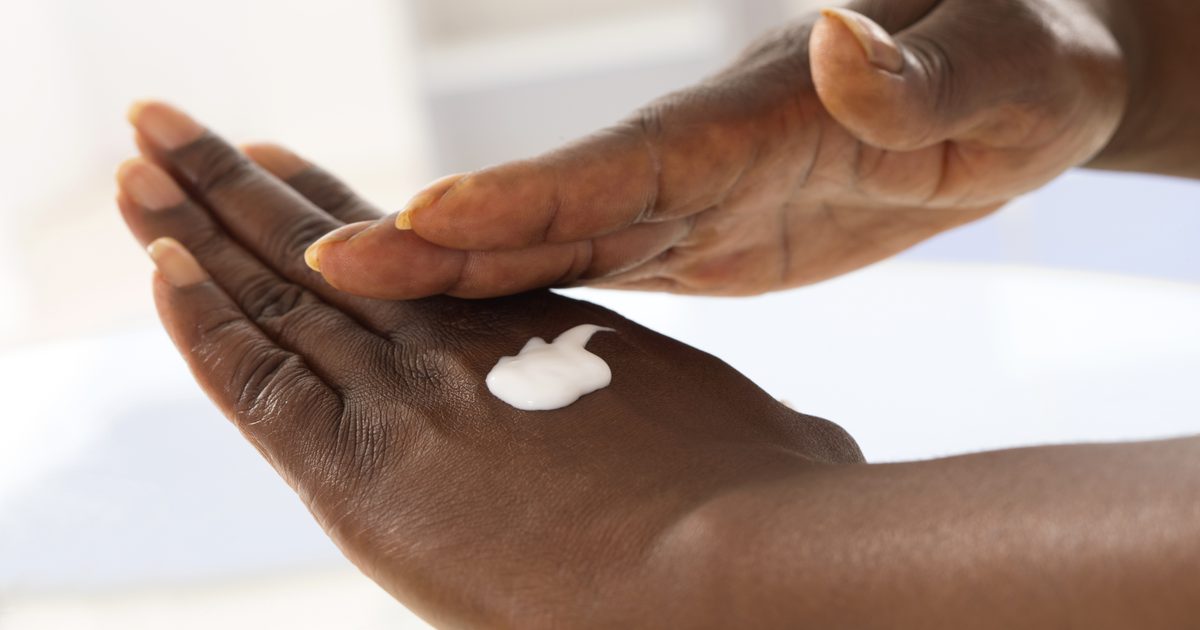Simple Tips For Treating Hives
Officially known as urticaria, hives are a skin condition that causes small red, itchy bumps to form. Allergic reactions to medications or food can lead to hives, and insect bites are another common trigger. Less common causes of hives include colds and other infections, thyroid disease, and sun exposure. Occasionally, intense exercise can result in the formation of hives. Urticaria can affect individuals of any age, and the hives usually form within a few minutes after encountering a trigger. However, some individuals may notice hives forming two to three hours after exposure. Most cases generally resolve within six weeks, and sometimes hives may even resolve in as little as one day. Hives that do not go away within six weeks are considered chronic and may need specialist treatment. The treatments described below can aid in urticaria symptom relief and resolution.
Anti-Itch Medication

Antihistamines are a common type of anti-itch medication. These anti-itch medications are usually the first line of treatment for mild or moderate cases of hives. Antihistamines, including loratadine, fexofenadine, cetirizine, and diphenhydramine, are widely available over the counter at pharmacies. For cases that do not respond to these medicines, stronger versions can be obtained from a doctor. Other antihistamines used for hives include levocabastine, desloratadine, and hydroxyzine.
Generally, antihistamines must be taken daily to alleviate symptoms. Drowsiness is the most common side effect of antihistamines, and some patients may also experience dizziness, dry mouth, or nausea. Antihistamines help stop the formation of hives and can be used for both acute and chronic forms of the condition. If antihistamines are not beneficial, prednisone and other corticosteroids can also be used to relieve itching. These medicines are only available through a doctor, and they can only be used for a short time due to side effects such as high blood pressure and weight gain.
Get to know the next treatment for hives now.
Anti-Inflammatory Medication

Anti-inflammatory medication can help patients who have hives that do not resolve with antihistamines. One of the most commonly recommended anti-inflammatory medications for these patients is dapsone, an antibiotic that alleviates swelling and redness. The drug is used orally or as cream applied to the skin. Side effects of dapsone include nausea, loss of appetite, a ringing sensation in the ears, headache, blurry vision, and difficulty sleeping. Rarely, the drug can lead to chest pain, muscle weakness, and fluctuations in mood, and thus, these side effects should be reported to a doctor. Dapsone can cause changes to some blood markers, and many physicians will want to monitor patients with blood tests every two weeks for the first phase of treatment. Other drugs known as leukotriene antagonists (or modifiers) also fight inflammation. These drugs are commonly used for asthma patients and stop the body from releasing leukotriene, a substance that restricts airflow for asthmatics and causes inflammation throughout the body. Zafirlukast and montelukast are two of the most widely used leukotriene antagonists, and they are typically used together with antihistamines. These drugs can cause headaches, difficulty sleeping, irritability, nausea, and vomiting.
Continue reading to reveal the next method of treating hives.
